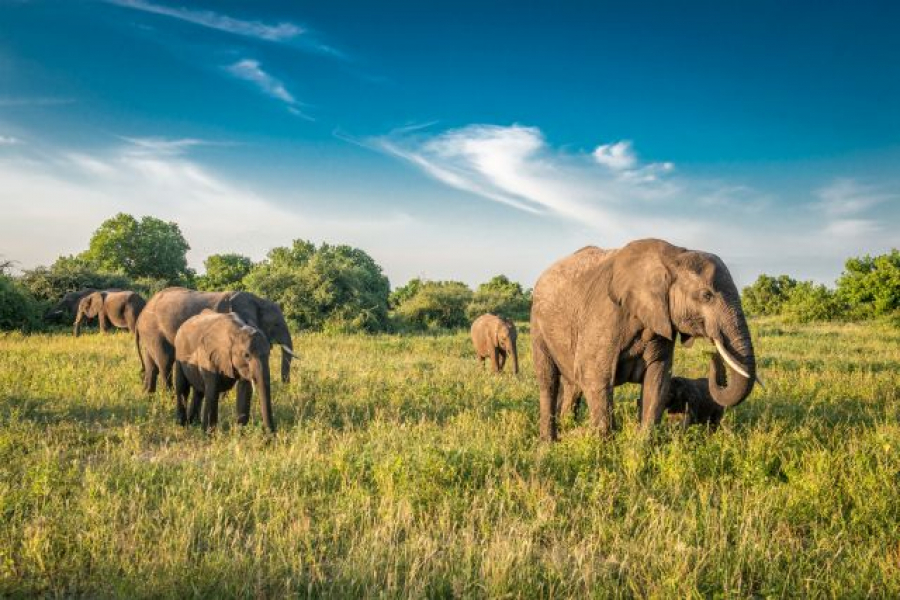Botswana and South Africa are encouraging limited hunting of species nearing extinction ... to rescue them. Sound crazy?
They’ve concluded that banning hunting altogether leaves poor local communities vulnerable to bribes from poachers. Instead, they’re allowing strictly regulated trophy hunting and game farming. That creates a local economy that benefits communities situated next to wildlife-rich regions, giving them an incentive to ensure endangered species survive. It’s an approach that’s worked with Botswana’s elephants and South Africa’s roan antelope. Could it also work with other endangered species, from Brazil’s jaguars to India’s lions?
Lab Frogs
They’re not frogging around. Scientists at sustainable bio-commerce company Wikiri are breeding Ecuador’s rare frog species in a lab to target the illegal pet market. The argument? As long as there’s a demand for Ecuador’s wild frogs, trafficking won't stop, and it’s better to feed that appetite with lab-grown croakers, leaving the wild ones safe. But some critics worry that legalizing trade in lab frogs could provide a cover for trafficking in the wild species too.
Shepherds Who Rescue Wolves
For centuries, shepherds along the India-China border in the region of Ladakh have battled wolves and snow leopards that target their yaks. Now conservationists are using Buddhism’s tenets of coexistence and respect for all living creatures to convince villagers to dismantle their wolf traps and set up special enclaves where the predators can find prey other than yaks. If successful, it could offer a spiritual basis for resolving human-animal conflict elsewhere.
Gambian Gamble Pays Off
Farms vs. forests. It’s the classic conundrum that has long confronted resource management as humanity tries to scale up agriculture. But the West African nation of Gambia is upending the antagonistic presumption. Over the past quarter-century, it has increased land under cultivation, halved its undernourished population and increased forest cover by 10 per cent. Its solution? Handing over ownership of forests to local communities with a rich regional history will ensure the green cover stays intact and keeps growing.
By OZY.com














